The ocean is a vast, mysterious place, home to creatures so alien and extraordinary that they seem to defy logic. While some sea dwellers are familiar to most, there are many that could easily be mistaken for the products of an AI’s wild imagination. These bizarre beings challenge our understanding of nature and spark the curiosity of scientists and enthusiasts alike. Here are 13 of the most unusual sea creatures that exist in our oceans, ready to make you question what you thought you knew about marine life.
1. Blobfish
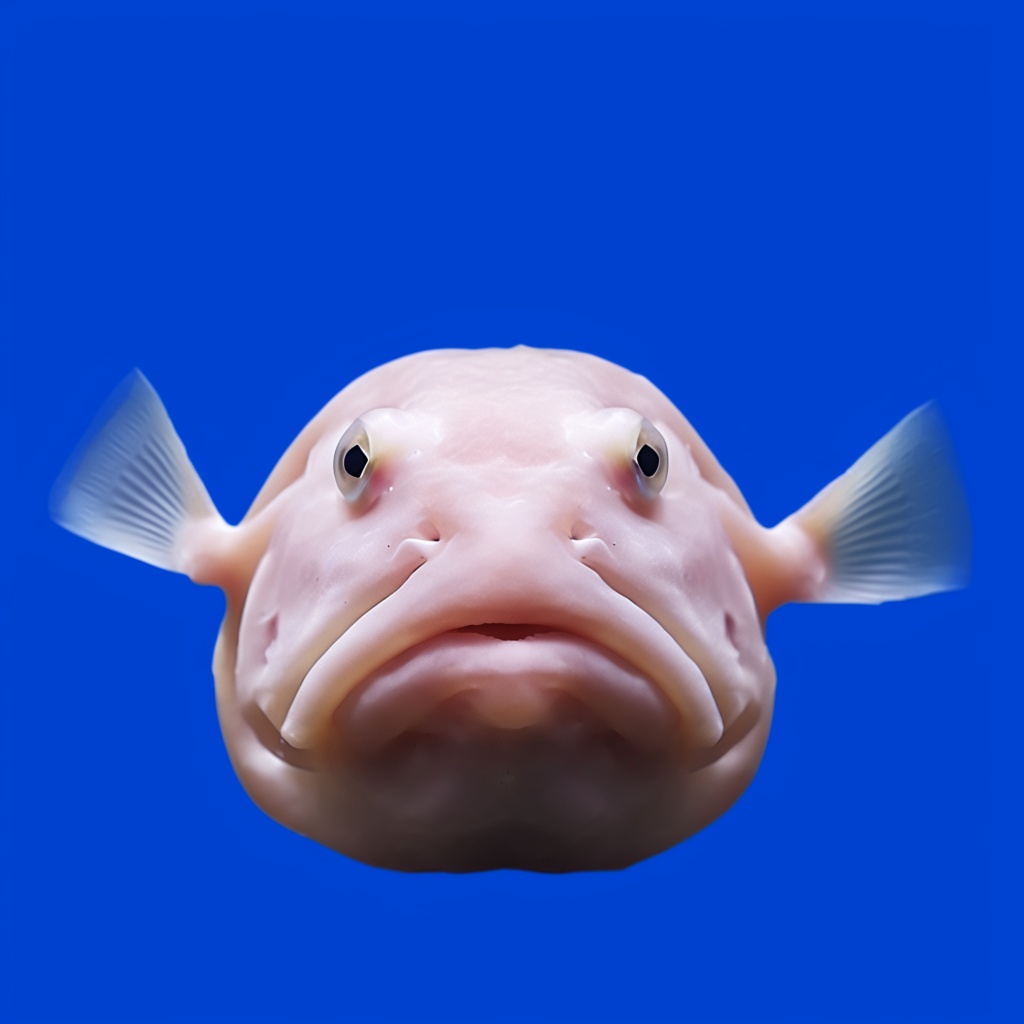
Meet the blobfish, often dubbed the “world’s ugliest animal” — a title it carries with a surprising amount of grace. Found in the deep waters off the coast of Australia, this gelatinous creature resembles a deflated balloon when brought to the surface. Its soft, jelly-like body is perfectly adapted to withstanding immense pressure in the deep sea, making it look less blobby in its natural habitat. Sadly, due to its unfortunate appearance on land, it’s become an internet sensation for all the wrong reasons.
According to a study reported in the journal Marine Biology, the blobfish’s unique structure is necessary for its survival in the high-pressure environment of the ocean depths. These creatures have adapted to life at depths of over 600 meters, where the pressure is 60 times that at the surface. Without a swim bladder, which would collapse under such pressure, its gelatinous body provides buoyancy. This extraordinary adaptation highlights the diversity and ingenuity of life forms on Earth.
2. Goblin Shark

The goblin shark is the stuff of nightmares with its long, flattened snout and protruding jaws that snap forward to catch prey. Often referred to as a “living fossil,” this deep-sea predator has barely changed since the time of dinosaurs. It resides in the dark depths of oceans around the world, usually at depths greater than 100 meters, where sunlight doesn’t reach. Its pinkish-gray skin and primitive features give it a ghostly appearance that’s both terrifying and fascinating.
This elusive shark is rarely seen by humans, and much of what we know comes from accidental catches in fishing nets. Equipped with sensitive electroreceptors, the goblin shark can detect the electric fields produced by other marine animals. Its unique jaw mechanism allows it to extend its mouth forward rapidly to snatch unsuspecting prey. Despite its fearsome look, it poses little threat to humans, preferring the quiet and solitude of the ocean’s depths.
3. Axolotl
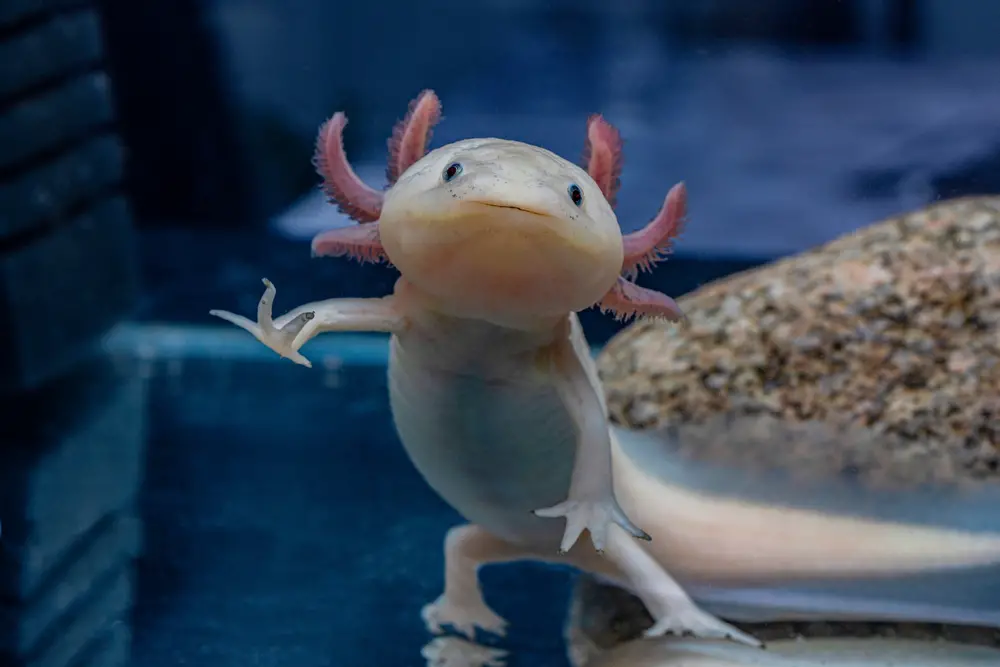
While not technically a sea creature, axolotls make the list due to their aquatic nature and peculiar appearance. These Mexican salamanders are famous for their ability to regenerate limbs, spinal cords, and even parts of their brains. Living permanently in water, they retain their larval features throughout adulthood, making them look like eternally young creatures. With feathery external gills and a serene smile, they have captured the hearts of scientists and pet enthusiasts alike.
A study by the University of California, Irvine, highlights the axolotl’s remarkable regenerative capabilities, positioning it as a valuable model for medical research. By studying these amphibians, scientists hope to unlock the secrets of tissue regeneration, potentially revolutionizing treatments for spinal cord injuries and degenerative diseases. Despite being critically endangered in the wild due to habitat loss and pollution, axolotls thrive in captivity, serving as an emblem of hope for conservation and scientific advancement.
4. Mantis Shrimp

The mantis shrimp is a kaleidoscope of colors and possesses a punch so powerful it can shatter glass. Found in tropical and subtropical waters, this vibrant crustacean is neither a shrimp nor a mantis, but its own distinct species. Its eyes are considered the most complex in the animal kingdom, capable of seeing polarized and ultraviolet light. With over 400 varieties, mantis shrimps are masters of the ocean floor, using their specialized limbs to hunt with incredible speed and precision.
They are known for their “punching” appendages, which can accelerate as fast as a bullet from a gun, creating cavitation bubbles that generate additional force when they collapse. This means the prey is hit twice in rapid succession, often leaving them defenseless. While their punch is a feat of natural engineering, it also poses challenges for aquarists who attempt to house them in aquariums. Yet, despite their aggressive hunting techniques, mantis shrimps play a crucial role in maintaining the balance of marine ecosystems.
5. Vampire Squid
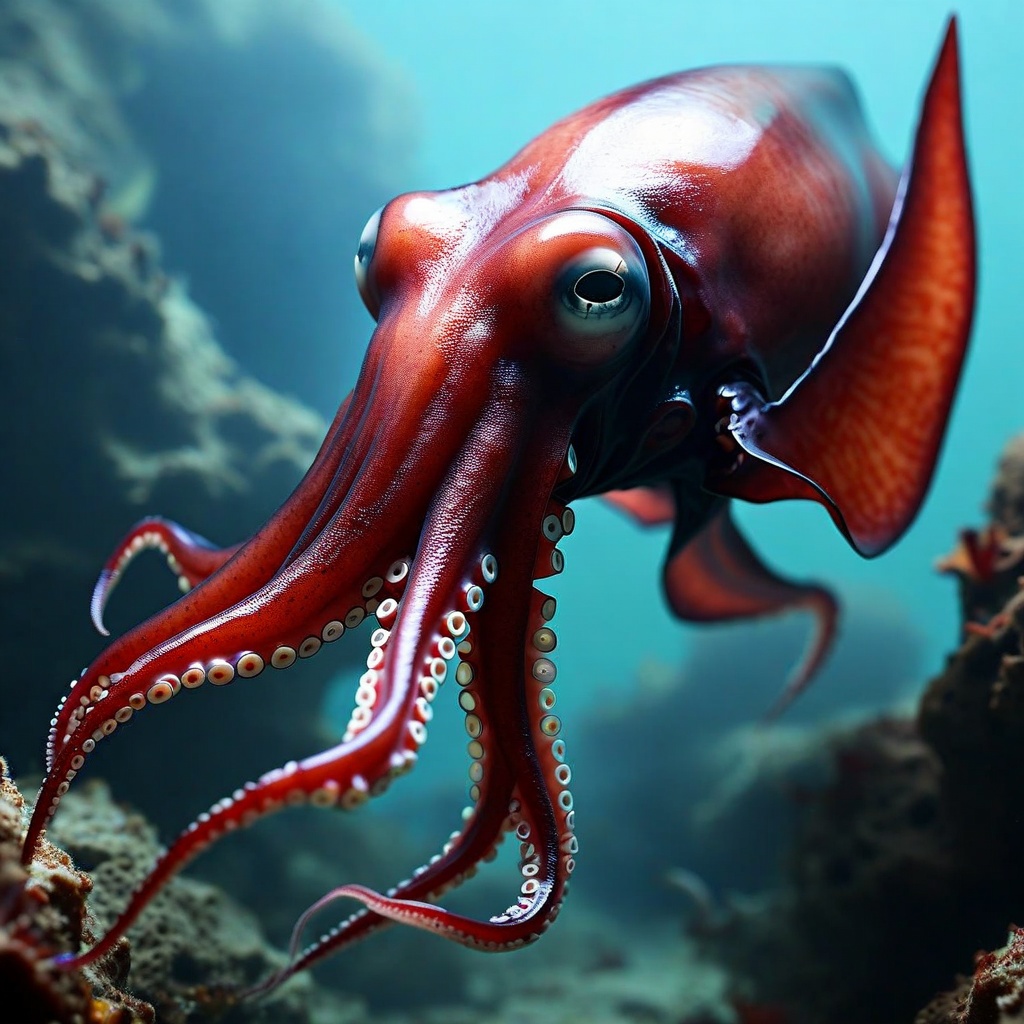
Contrary to its menacing name, the vampire squid is a gentle deep-sea creature that doesn’t suck blood. It gets its name from the webbing between its arms, which can be spread like a cloak, and its dark, velvety red color. Found in the oxygen minimum zones of the ocean, this enigmatic cephalopod is a master of survival in harsh conditions. Unlike its relatives, it doesn’t rely on ink for defense, instead using bioluminescent displays to startle predators.
According to a study published in Science Daily, the vampire squid’s unique adaptations allow it to thrive where few others can. Its low metabolic rate, highly efficient gills, and ability to survive on minimal oxygen make it a marvel of evolutionary biology. Feeding primarily on marine detritus, or “marine snow,” it plays a crucial role in the ocean’s nutrient cycle. Despite its eerie appearance, the vampire squid is more of a recycler than a predator, proving that looks can be deceiving.
6. Barreleye Fish

The barreleye fish, with its transparent head and upward-pointing eyes, looks like something straight out of a science fiction movie. Residing in the deep waters of the Pacific Ocean, its unique head allows it to look up through its transparent forehead to spot prey. The fish’s eyes are sensitive to even the faintest traces of light, making it a formidable hunter in the deep sea. Its dome-like shield provides protection and enhances its vision in the darkness of its natural habitat.
This bizarre creature remained a mystery to scientists until remote-operated vehicles captured its true nature on film. Its presence in the ocean emphasizes the adaptability and diversity of life forms in extreme environments. Evolution has crafted the barreleye fish into a stealthy predator, perfectly suited for an existence in one of the most remote places on Earth. Its unique features are a testament to the creativity and ingenuity of nature’s design.
7. Leafy Seadragon
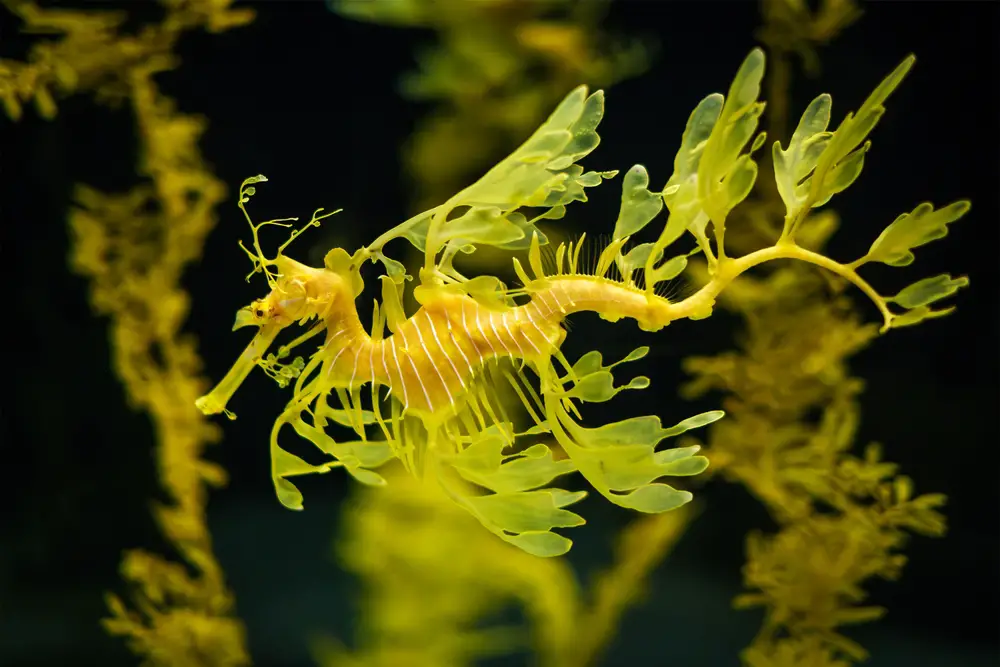
Looking like a piece of drifting seaweed, the leafy seadragon is a master of disguise. Native to the southern and western coasts of Australia, its leaf-like appendages help it blend seamlessly into the underwater kelp beds and seagrass meadows. Despite its delicate appearance, the leafy seadragon is a resilient creature, adept at avoiding predators thanks to its impressive camouflage. It glides through the water with a grace that is both mesmerizing and hypnotic.
According to research conducted by the University of Tasmania, leafy seadragons rely heavily on their camouflage for survival, as they have no means of self-defense. They feed on small crustaceans and plankton, using their long snouts to suck up prey. As relatives of seahorses, their reproduction involves males carrying and nurturing the eggs. Conservation efforts are critical for their continued survival, particularly as their natural habitats face increasing threats from human activity and climate change.
8. Frilled Shark
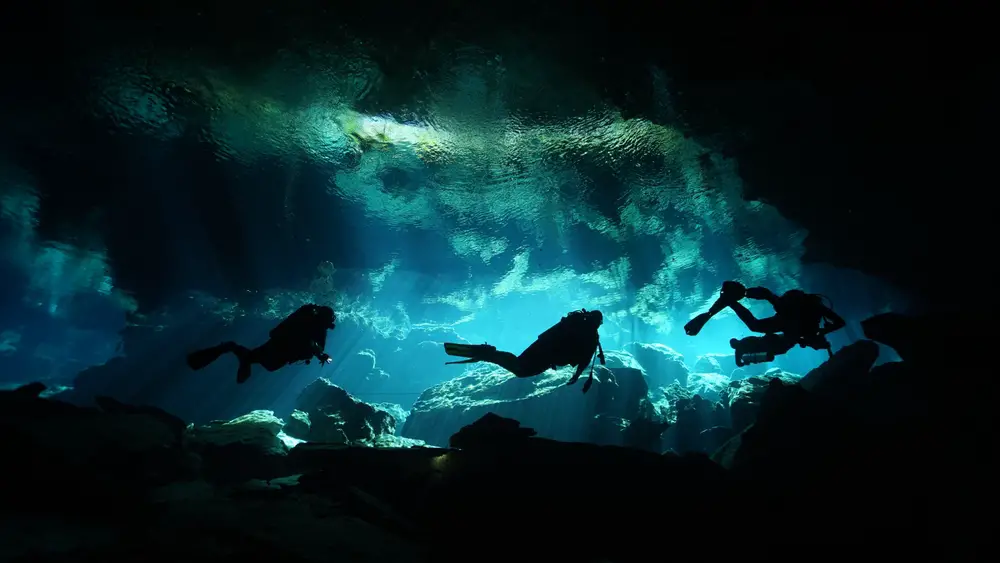
The frilled shark, resembling an eel more than a traditional shark, is often referred to as a “living fossil” due to its primitive features. This deep-sea predator is rarely seen by humans, dwelling in the depths of the Atlantic and Pacific Oceans. Its eel-like body and frilled gills lend it an otherworldly appearance, reminiscent of the creatures that roamed the seas millions of years ago. It captures prey with a sudden lunge, using its long, flexible jaws equipped with rows of needle-like teeth.
Despite its fearsome appearance, the frilled shark poses no real threat to humans. Its slow metabolism allows it to survive in deep, cold waters where food is scarce. Researchers are fascinated by this creature because it offers a glimpse into the past and the evolutionary history of sharks. The frilled shark’s life in the ocean depths remains largely a mystery, adding to the allure and enigma of this ancient species.
9. Pistol Shrimp
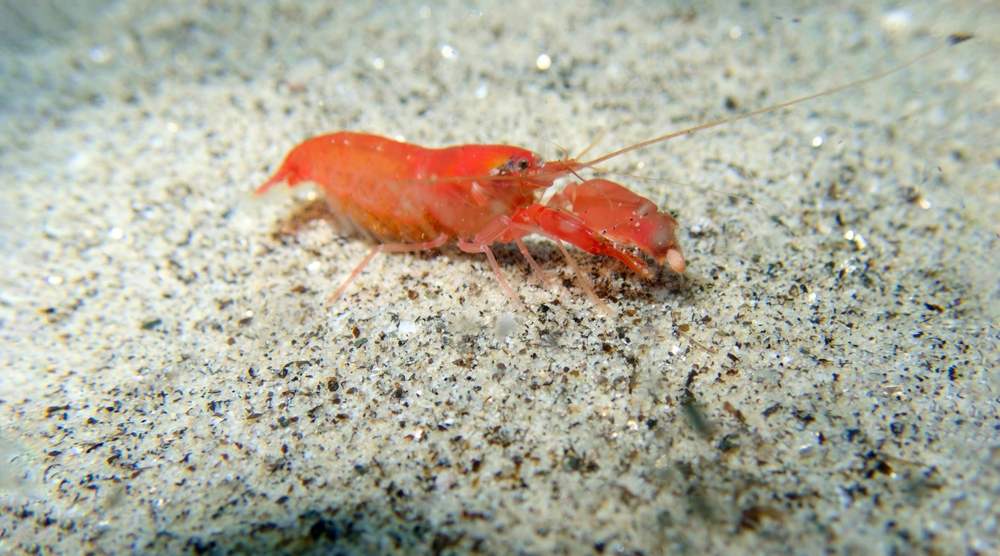
Don’t be fooled by its diminutive size; the pistol shrimp is one of the loudest creatures in the ocean. Equipped with a specialized claw that snaps shut at lightning speed, it creates a cavitation bubble that produces a sound louder than a gunshot. This powerful snap is used to stun prey and communicate with other shrimp, making it an effective hunter despite its small stature. Found in tropical and subtropical waters, the pistol shrimp is a remarkable example of nature’s ingenuity.
The noise generated by this shrimp can reach up to 218 decibels, louder than a jet engine at takeoff. This sonic weapon is not only used for hunting but also for establishing territory and warding off potential threats. Pistol shrimps often form symbiotic relationships with goby fish, sharing burrows and relying on each other for protection and food. Their collaborative lifestyle and extraordinary hunting technique make them a fascinating subject for scientists studying marine symbiosis and acoustics.
10. Ocean Sunfish
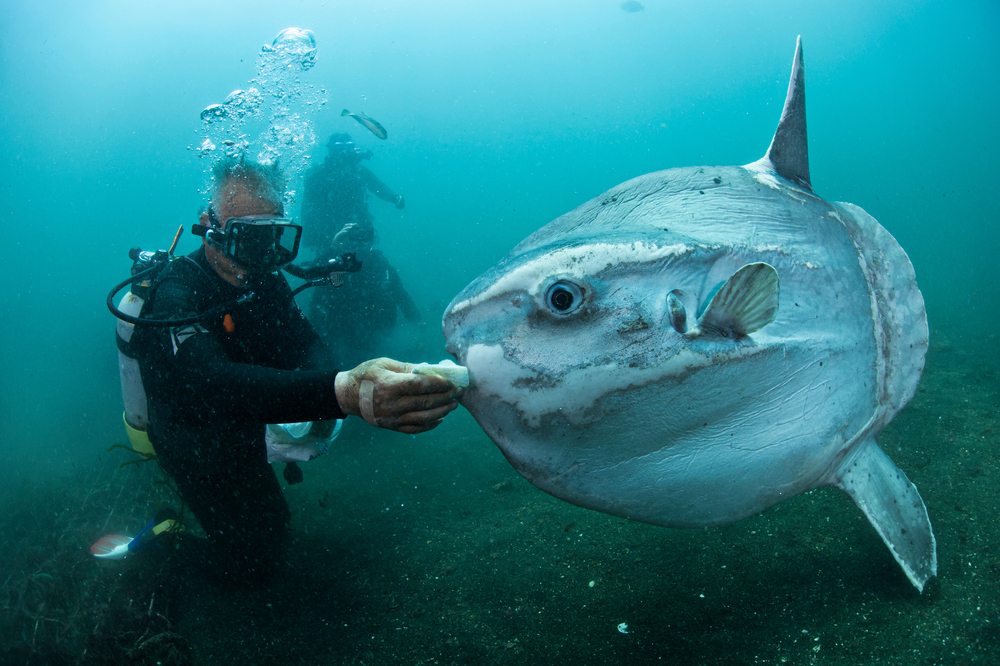
The ocean sunfish, or mola mola, is the heaviest bony fish in the world, known for its peculiar flattened body and enormous size. Despite its daunting dimensions, this gentle giant poses no threat to humans and subsists mainly on jellyfish. The sunfish’s bizarre shape makes it a slow swimmer, but it often basks near the ocean’s surface, soaking up the sun’s rays. Its unusual appearance and sluggish demeanor have made it a subject of intrigue and amusement among ocean enthusiasts.
Reaching weights of up to 2,200 pounds, the sunfish is an impressive sight, yet surprisingly vulnerable to threats like fishing nets and boat collisions. Its habit of floating near the surface has led to frequent accidental captures, posing significant conservation challenges. While their numbers remain uncertain, efforts are underway to better understand and protect this unique species. Their presence in the ocean serves as a reminder of the delicate balance that sustains marine ecosystems.
11. Giant Isopod
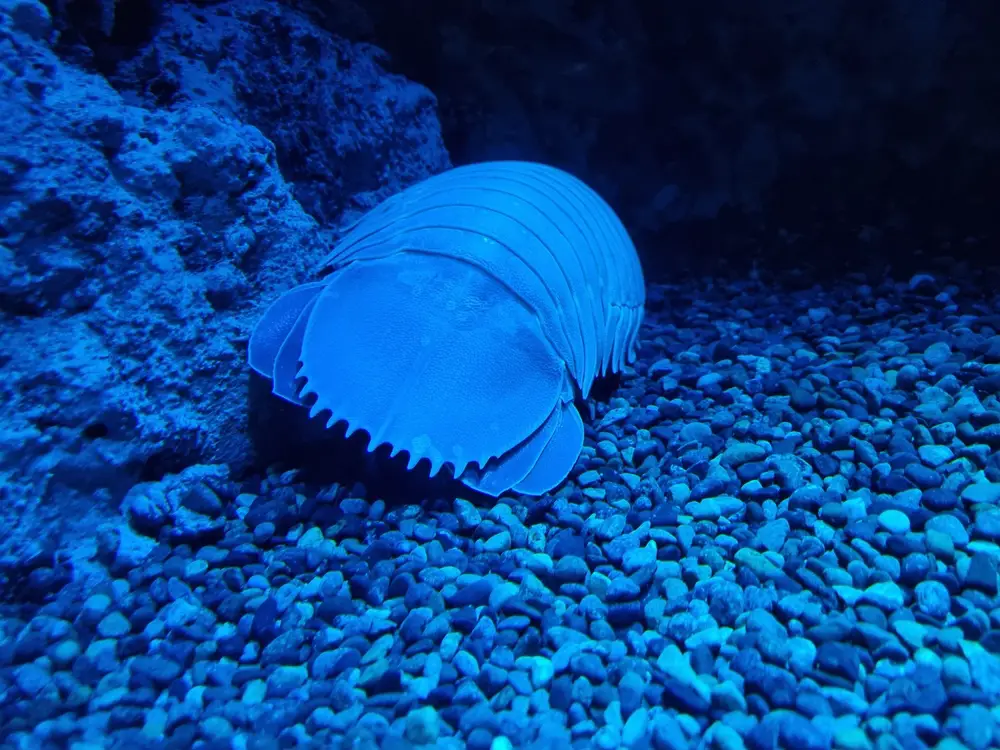
Imagine a terrestrial pill bug on steroids, and you have the giant isopod. This deep-sea crustacean can grow up to 20 inches long, a result of deep-sea gigantism — a phenomenon where creatures in the ocean’s depths grow much larger than their shallow-water counterparts. Found in the cold, dark waters of the Atlantic and Pacific Oceans, giant isopods are scavengers, feeding on the remains of dead marine animals. Their armored bodies and numerous legs make them look like something from a prehistoric era.
Despite their intimidating appearance, giant isopods are relatively slow-moving and pose no threat to humans. They play an essential role in the ocean ecosystem by cleaning up the ocean floor and recycling nutrients. Their ability to survive in extreme conditions and go for long periods without food is a testament to their resilience. As the ocean continues to reveal its secrets, creatures like the giant isopod remind us of the diversity and adaptability of life on our planet.
12. Glass Frog
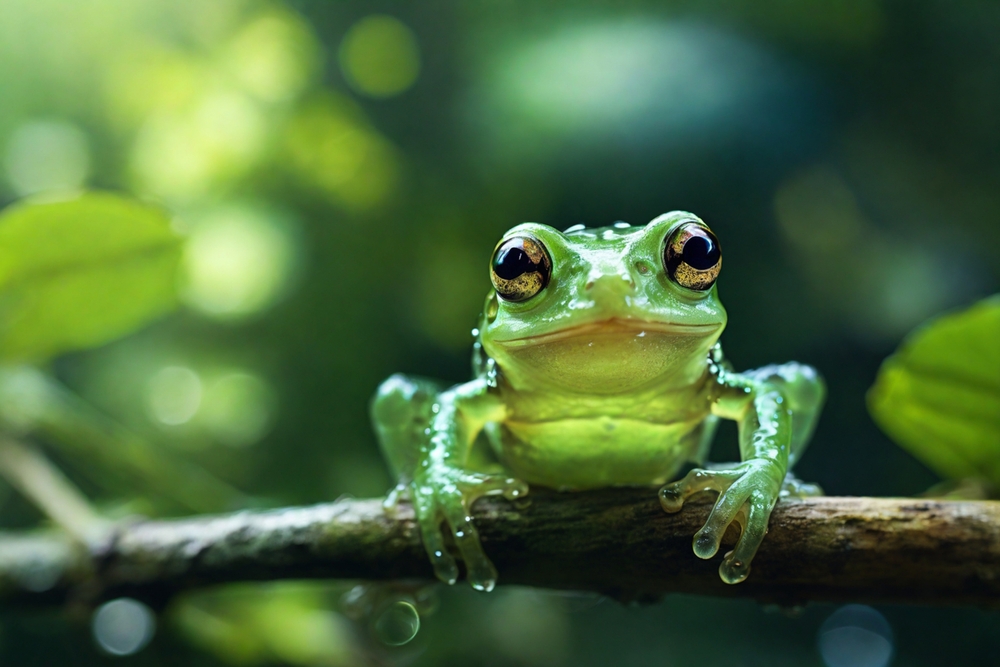
Although not a marine creature, the glass frog deserves mention for its aquatic affinities and transparent skin. Native to the rainforests of Central and South America, its translucent abdomen makes its internal organs visible. This unique adaptation is thought to provide camouflage, blending in with the leaves and streams they inhabit. Their remarkable appearance has made them a favorite among biologists and nature lovers alike.
Glass frogs are primarily nocturnal, using their excellent climbing skills to navigate the dense foliage of their forest homes. They lay their eggs on leaves overhanging water, ensuring that the tadpoles can drop into the stream below once hatched. As their habitats face increasing threats from deforestation and climate change, conservation efforts are vital to ensure their survival. These fascinating frogs serve as a poignant reminder of the intricacies of nature and the interconnectedness of life.
13. Yeti Crab

Discovered in the hydrothermal vents of the Pacific Ocean, the yeti crab is as mysterious as it is fascinating. Named for the hair-like setae covering its arms, this crustacean resembles the mythical abominable snowman. Its hairy pincers are home to bacteria that convert toxic chemicals from the vents into food — a process known as chemosynthesis. This symbiotic relationship allows the yeti crab to thrive in one of the most extreme environments on Earth.
The yeti crab’s habitat is a testament to the resilience and adaptability of life, even in the face of seemingly inhospitable conditions. Scientists are intrigued by its ability to survive and thrive in such a harsh environment, making it a subject of ongoing research. As exploration of the deep sea continues, the yeti crab stands as a symbol of the mysteries yet to be uncovered in the ocean’s depths. Its discovery reminds us that the world is still full of unknown wonders waiting to be explored.
